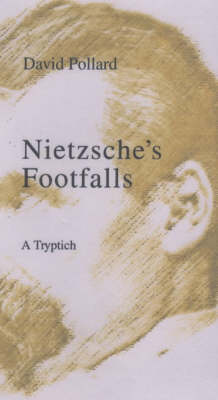During the final decade of Nietzsche's life, when he was mad, his sister created an archive in his name. She placed him upstairs as a living exhibit while she beavered away in the rooms beneath rewriting his work and establishing him as a great name in the new world of Nazi Germany. Her efforts gave him a 'posthumous existence' totally at odds with his own expressed desires.
This image is at the core of the book which deals with various posthumous lives, the way in which intentions change unexpectedly (in strange post-modernist ways) in a complex interwoven set of relationships some obvious, some less so. One of the most important of these was with his sister, Elizabeth who married an anti-semitic agitator called Förster and went out to Paraguay to found an Aryan colony and later, after he had committed suicide and her brother had gone mad, she returned to Germany and assiduously turned him into an icon for Nazi thinking. The other was with Richard Wagner who he began by loving and later rejected. Other paths also cross and recross.
The book also deals with Nietzsche's madness and how (madly) things change into their opposites, for example, how anti-anti-semitism can change into anti-semitism and Nazism, then into a reaction against the holocaust and then into a new kind of revisionism and denial.
Even though all the information here is true, it is not supposed to read as biography or philosophy but as a continuous meditation - as a work, I hope, of imagination - one not so much about the facts themselves but rather about their implications in the lives of these people and how they pan out in quite bizarre ways.
- ISBN10 0951449923
- ISBN13 9780951449929
- Publish Date 15 October 2001
- Publish Status Active
- Publish Country GB
- Imprint Geraldson Imprints
- Format Paperback
- Pages 215
- Language English
